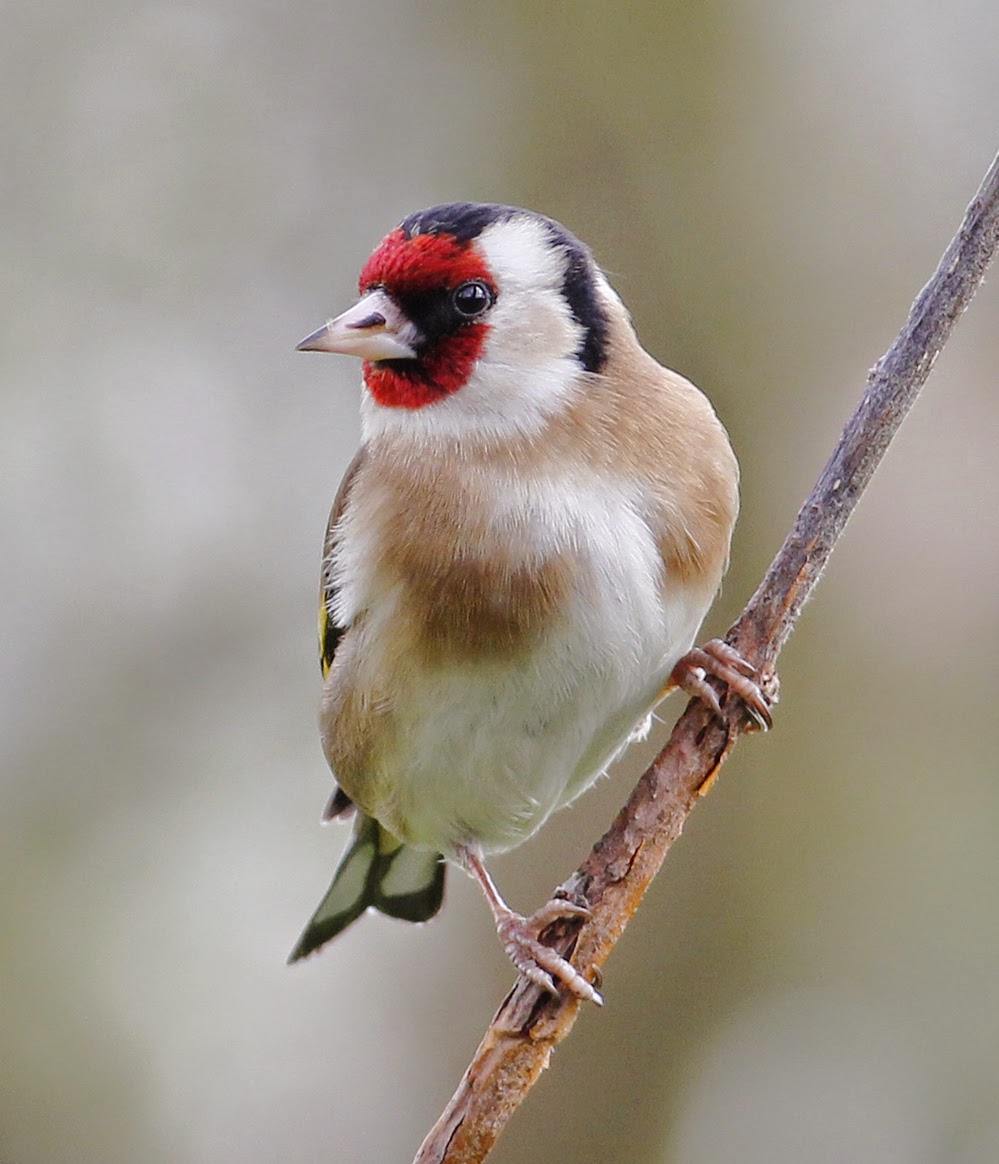Today’s plan was to meet Andy for another ringing session at Oakenclough but on looking out of the window at 0530 there was dense and freezing fog, so not the best conditions for a 40 minute drive into the distant hills. I sent a text to Andy saying I was chickening out and then slunk back to bed for a while vowing to go birding at Pilling when the sun cleared the fog.
When I reached Fluke Hall the resident pair of Dunnocks was busy seeing off an intruder on their territory, a male Yellowhammer. Although Yellowhammers breed a mile or two inland they are somewhat unusual just here right on the coast so this was almost certainly a migrant bird looking for a home territory.
Yellowhammer
The Stonechats weren’t far away, a male and a female along the sea wall having their own ding-dong with the resident Robin. Our UK Robins are members of the chat tribe as well as being very territorial so don’t take kindly to a pair of Stonechats feeding on their patch. They will however tolerate a Wren using their singing rostrum.
Stonechat
Robin
Wren
Below the sea wall was a fine male Wheatear, the only one seen in my half mile walk to Pilling Water and back. If the warm weather continues there should be many more Wheatears very soon.
That walk along the sea wall produced an eclectic mix of birds with 4 Little Egret, 7 Pintail, 2 Teal, 8 Meadow Pipit, 6 Linnet, 5 Pied Wagtail, 1 Buzzard, 1 Kestrel and at least 6 Skylark in song. The fields along here are still wet but not flooded and so retain a sprinkling of common waders plus a fair number of Shelduck. A number of the birds are on territory and in display mode with a total count of 26 Shelduck, 14 Redshank, 40 Lapwing and 6 Oystercatcher.
Oysterctacher
I returned via Fluke Hall Lane where in the meadow, trees and hedgerows were 6 Pied Wagtail, 2 Greenfinch, 3 Song Thrush, 2 Goldcrest, 1 Jay and 1 Chiffchaff.
The Chiffchaff was busily feeding, finding good sized insects in the willows. Somehow it remained strangely silent for a new-in migrant and I doubt I would have seen it but for its fly catching acrobatics and constant searching through the trees. Although the monotonous and almost robotic call of "chiff-chaff, chiff-chaff, chiff-chaff, chiff-chaff" might seem rather unexciting it's a sure sign that March is well under way.
Chiffchaff
Tree Sparrows are very active now and I counted at least 10 individuals, including one in the throes of nest building.
Tree Sparrow
Andy had a decent catch without me, including more Lesser Redpolls and Chaffinches. I missed a ringing session but Plan B didn’t turn out too badly after all and the weather looks decent enough for even more ringing quite soon.

































































